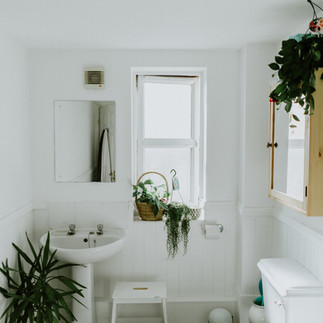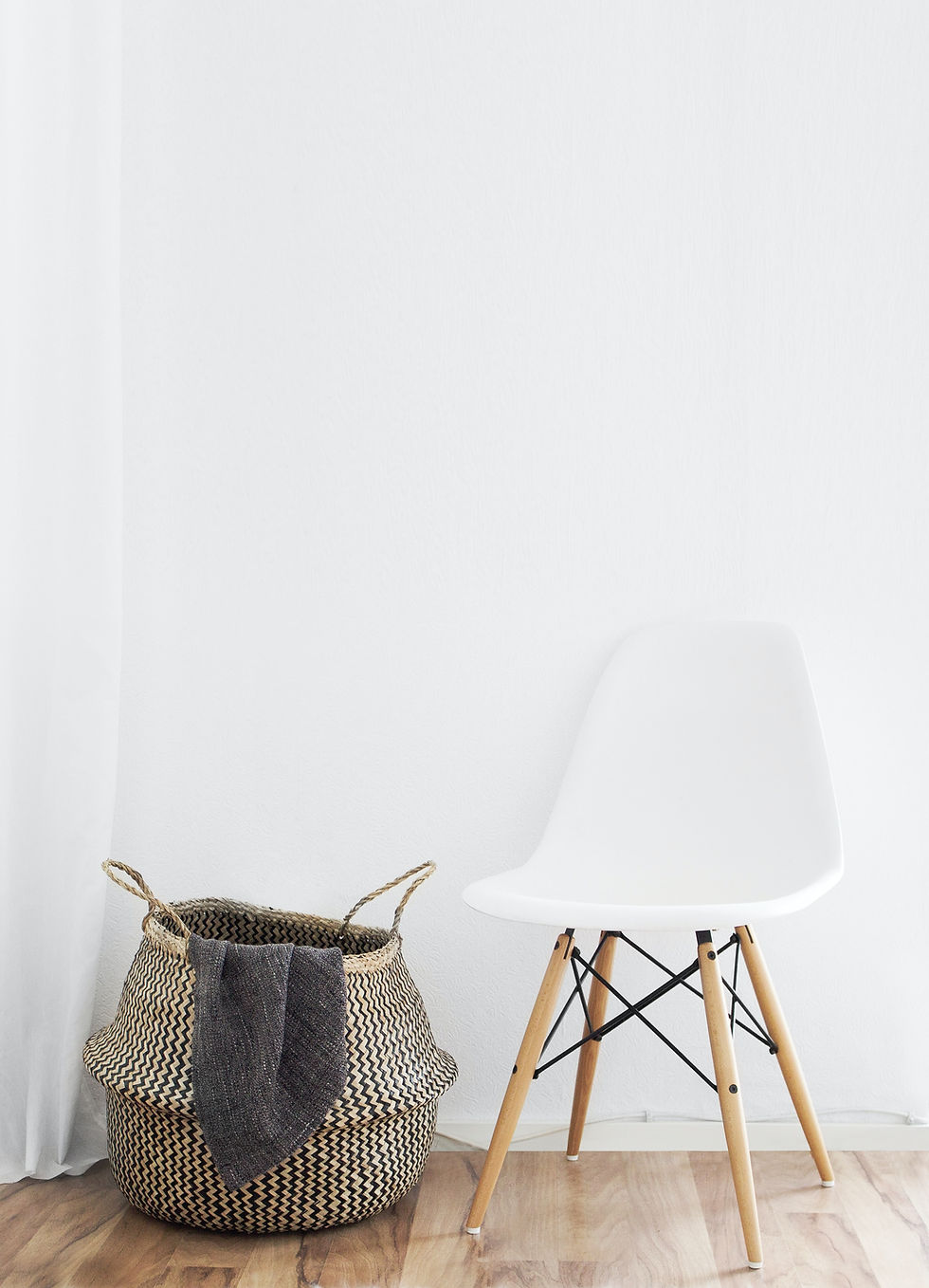Mood boards can help you get a better idea of how your project will look and feel, and make it easier to choose colors, textures and other design elements.
"You can pin it to your inspiration board and refer to it as you work on your project."
Mood boards are a great way to streamline your creative process. They can help you get a better idea of how your project will look and feel, and make it easier to choose colors, textures and other design elements. You can create moodboards with software like Photoshop or InDesign, or use online tools like Pinterest or Canva. Whichever tool you choose, be sure to include images, text and other elements that reflect the mood you want to create.
Discover the formulas in interior and event decoration :
1. Mood boards: what they are and why they're useful
Mood boards are a visual way of conveying a specific mood or feeling. They can be used to help you plan any type of creative project, from redesigning a website to choosing the colors for your new home. Mood boards are particularly useful for visual thinkers and people who work best with images and tactile feedback. They can help you see how different design choices combine and make it easier to choose colors, textures and other elements.
Watch the episode “Maison Ditaba decorates a living room and an entrance” :
2. How to create a moodboard
There are many ways to create moodboards, but the basic process is always the same. You start by finding or creating images that reflect the mood you want to create. Next, you add text and other elements that support the mood. Finally, you put it all together to form a coherent whole.
Read the testimonials of those who have placed their trust in us:
3. How to use a mood board
Once you've created your mood board, you can use it in a variety of ways. You can pin it to your inspiration board and refer to it as you work on your project. You can also show it to your customers or team members to get feedback and make sure everyone's on the same wavelength. And if you use a digital mood board, you can share it with others online, or use it as the basis for a more finished project.
How do you choose the right moodboard for your project?
Mood boards can be a great way to get inspired and plan your project. But with so many options out there, how do you choose the right one? Here are a few tips to get you started.
1) What is a mood board and what are its uses?
Moodboards are a collage of images, words and other elements that represent the mood or feeling you want to create with your project. They can be used for any type of creative project, from redesigning a website to choosing colors for your new home. Moodboards are particularly useful for visual thinkers and people who work best with images and words.
2) What tools can you use to create a mood board?
There are many ways to create a moodboard, but the most common is to start with images. You can find images online, in magazines or even in your own photo album. Once you have your images, you can add text and other elements to create a more cohesive moodboard. If you're working on a digital project, you can use software like Photoshop or InDesign to create your moodboard. If you're working offline, you can use tools like Pinterest or Canva to create a digital moodboard.
3) What are the different types of moodboards?
There are three main types of moodboard: visual, tactile and abstract. Visual moodboards are the most common, using images to convey a mood or feeling. Tactile moodboards use textures and materials to create a tactile experience. Abstract moodboards use words and symbols to create a tactile experience.
The best way to choose a moodboard is to think about the feeling or mood you want to create. What images come to mind when you think about your project? Once you have a general idea, look for moodboards that match that feeling. You can also find moodboards that match the style of your project, such as minimalist moodboards for a modern design or retro moodboards for a vintage look.
4) What tips do you have for using mood boards in your project?
Moodboards can be used in a variety of ways, depending on your project and the tools you're using. Here are a few tips to get you started:
If you're using a physical moodboard, such as a poster or chalkboard , pin or tape your images and text to the board.
Try using different types of materials, such as fabric, paper or cardboard, to create a more tactile moodboard.
In conclusion, moodboards can be a great way to get started on your next design project. By including images, text and other elements that reflect the mood you want to create, you can streamline your creative process and make it easier to choose colors, textures and other design elements.
See you soon ✨ !
Join the communities on :
Let's build together, the expression of your well-being :
I contact you

















